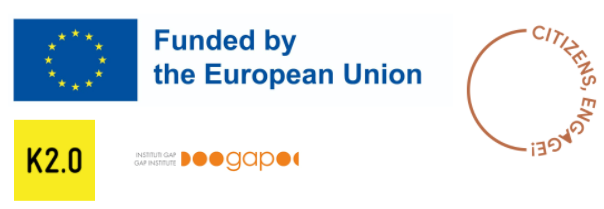Social assistance programs in Kosovo that support the poorest parts of society continue to have more demand than they can meet. Many families that have no employed people in the household receive their only income from social assistance schemes financed by the state budget.
Kosovo is one of the poorest countries in Europe and has a high unemployment rate of around 26%. Around 23% of the population lives at or below the poverty line. In March this year alone, around 26,000 families benefited from the state social assistance.
But there are long-running debates about the design of the social assistance scheme, which has been in place since 2003. Successive governments have promised — and some have taken steps — to reform the system. Currently a special draft law to amend the existing law is awaiting government approval.
The main criticisms towards the design of the social assistance program is that it does not include all citizens who need it, discourages beneficiaries from seeking employment and that the provided aid does not cover the needs of beneficiaries. However, it remains the only state program that exists to specifically help those in poverty.
To reform social assistance in Kosovo, the government led by Vetëvendosje (VV) has sought financial support and expertise from the World Bank. In October 2021 an agreement with the World Bank was signed which would provide financial support in the form of a 47 million euro loan. But the government is having trouble getting this agreement ratified in the Assembly.
Although the government says that this loan will be used to pilot social assistance reforms, there is no information on what the reforms would involve, how the pilot program would be carried out or whether this reform is related to ongoing initiatives to change the law on social schemes. Those who oppose the agreement argue that the loan will only be used to cover the costs of direct payments to social assistance beneficiaries, which costs the state budget more than 30 million euros every year.
A report from GAP Institute argues that obtaining a 47 million euro loan, of which about 43 million would go to direct payments to families that are part of the scheme, is financially unnecessary and may serve as a bad precedent in the future.
How is poverty identified?
According to the World Bank’s classification, social assistance schemes are one of the four pillars of social protection, which also include social services, social security and labor market programs. Social schemes aim to protect people from falling into poverty and provide support at certain points in life or in response to specific vulnerabilities. This includes government-funded programs, such as basic pensions and financial assistance for families and children.
Data on people living in poverty in Kosovo has not been updated since 2017, yet the targeting of beneficiaries who need assistance is still done using the data from five years ago. The latest data published by the Kosovo Agency of Statistics (KAS) and the World Bank for 2017, shows that the poverty rate in Kosovo was 18%, while extreme poverty was 5.1%.
These categories were defined using two different definitions for poverty lines. Those living on 1.85 euros per day were classified as living on the edge of poverty, as this sum was considered sufficient to meet basic needs. Meanwhile, those living at 1.31 per day were considered to be in extreme poverty.
However, the number of families living in poverty or extreme poverty in Kosovo may have increased. As prices rise, so does the poverty line; 1.85 euros per day in 2022 is likely no longer on the edge of poverty, but would classify someone as in extreme poverty. In May this year, prices were 12.5% higher than in May last year, while wages in both the private and public sectors have remained almost unchanged. Disruption of the global supply chain as a result of the pandemic and the war in Ukraine has significantly affected Kosovo due to high imports.
According to the World Bank report for Kosovo for 2022, about 7% of the general population benefit from social assistance, although the official poverty rate is about 20%. Only one in four people in the lower quintile — the group with the lowest incomes — receive social assistance.
Poverty assistance
Kosovo’s social assistance program includes about 20 schemes targeting specific groups. The only social assistance scheme that covers a wider range of the population is that of the basic pension, which is financed from the state budget and includes all citizens of Kosovo over the age of 65. For all other schemes, beneficiaries must meet specific criteria.
All social schemes combined cost the state budget over 400 million euros per year, with an average of only 32 million being targeted towards impoverished people.


